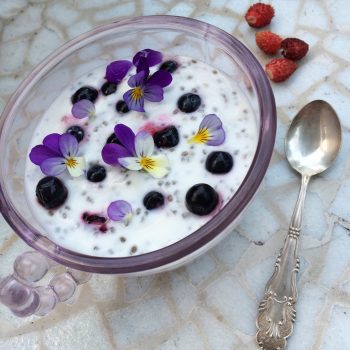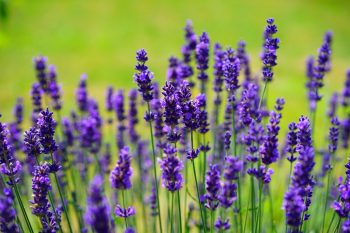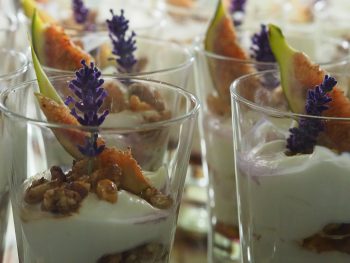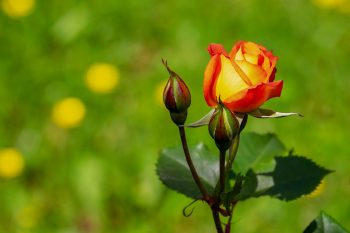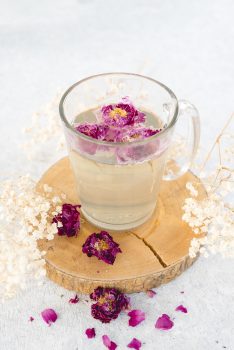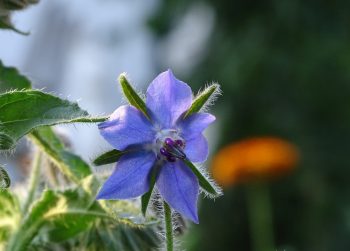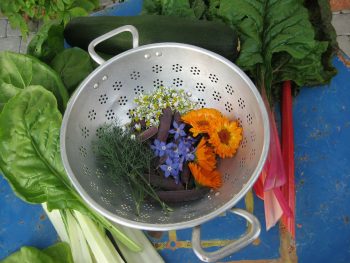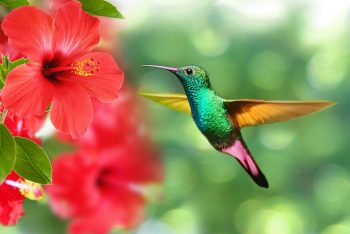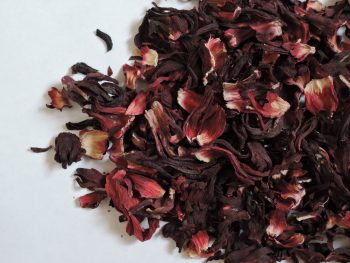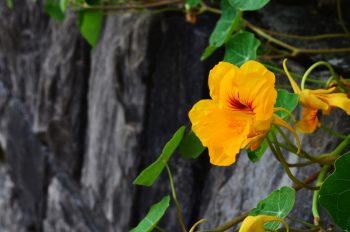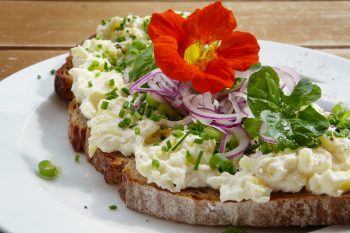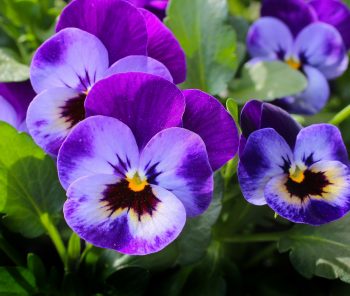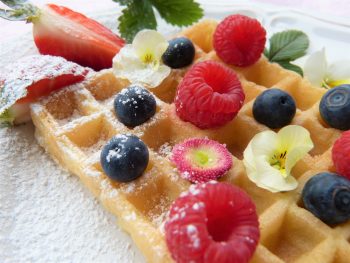The edible flower guide in Polish! Posted by Kasia on Jun 22, 2020 in Nature
Summer is here and with the coronavirus pandemic people are growing vegetables and flowers more than ever!!! I absolutely love flowers, their smell and beautiful colors. It doesn’t matter if I make a bouquet out of them, use them in a recipe or just simply enjoy them while sitting in my garden.
Edible flowers (jadalne kwiaty) add color (kolor), flavor (smak) and texture (tekstura) to sweet and savory dishes. It can be used in cordials, oils and butters. There is a wide range of both annual and perennial flowers that you can grow from early spring to late fall and enjoy them in your dishes!
Here are few that you can choose from:
My absolute favorite is Lavender (Lawenda)!
Amazing color and smell, sweet and slightly perfumed-tasting (słodki i lekko perfumowany smak), lavender works well when the buds are sprinkled in champagne and cocktails and over desserts. It is good for flavored sugar, honey, vinegar or oil. Its sprigs complement roasted meat.
Another edible flowers worth mentioning are Roses (Róże)!
All roses are edible with the more fragrant being the best. While roses have a strong floral scent, their flavor is quite subtle and fruity (subtelny i owocowy). You can use them to flavor drinks, salads, sugar and cake frosting.
Borage (Ogórecznik) is another amazing addition to your cooking experience.
It has a delicate cucumber flavor (that’s where the it got his Polish name – ogórek is cucumber in Polish), star shape flowers and beautiful blue color. You can add it to the salads or freeze into ice cubes. They are also delicious in lemonade and refreshing cocktails.
Hibiscus (Poślubnik or Hibiskus) has delicate cranberry flavor.
Its petals, both tart and sweet (cierpki i słodki) are often added to drinks and cocktails. It can be dried as a tea. It is also great addition to salads.
Nasturtium (Nasturcja) is another staple!
Brightly colored with a strong peppery flavor (silny pieprzowy smak), is great in salads, pasta dishes or sandwiches.
Pansies (Bratki) look and taste great!
They have delicate flavor (delikatny smak), sometimes minty, suitable for sweet or savory dishes. It is also amazing in teas. You can sprinkle is over desserts and cakes!
Whether sprinkled on a salad, incorporated into a cocktail or ice cubes, or candied for a cake, these blooms promise to add an ambrosial touch to your seasonal entertaining.
Which one is your favorite?

Build vocabulary, practice pronunciation, and more with Transparent Language Online. Available anytime, anywhere, on any device.



